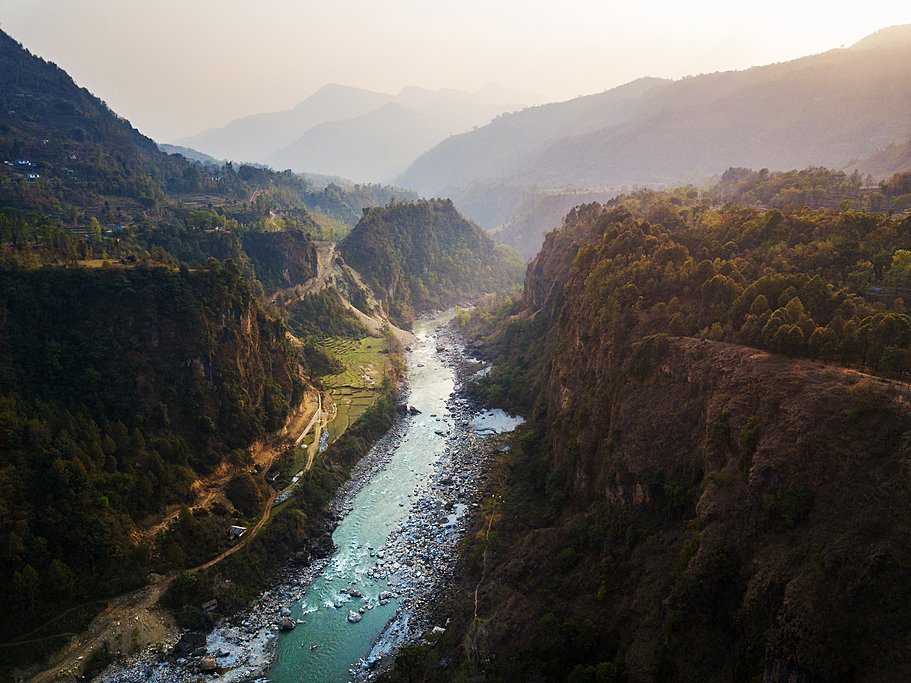Today marks the auspicious occasion of Harishayani Ekadashi, celebrated fervently across Nepal as Hindu households initiate the planting of Tulasi, marking the beginning of the sacred Chaturmas Brat. From today onward, the Chaturmas festival commences a period considered significant in Hindu tradition.
Devotees have begun gathering for ritual baths in the holy waters of the Kali Gandaki River since early morning, at prominent religious sites such as Modibeni, Setibeni Dham, Purtighat, Gopang, Nayapul, Khaniyaghat, Milanchowk, and Varibeni. At Modibeni Dham, the confluence of the Modi and Kali Gandaki rivers, special programs including bhajans and kirtans have been organized.
In addition to Modibeni and Setibeni, thousands of pilgrims from Mustang, Baglung, Syangja, Kaski, and Gulmi have arrived to bathe in the revered Setibeni River, home to the world’s largest Saligram Shila. Believed to be an avatar of Lord Vishnu, this sacred stone is worshipped at the Narasimha Temple in Modibeni, where devotees perform prayers for salvation. Bathing in the Kali Gandaki River today is believed to yield the merit of donating a thousand cows.
The cultural and religious significance of planting Tulsi today in every home’s courtyard is deeply rooted in both spiritual and health benefits, marking Tulsi as a revered plant in Hindu culture.






